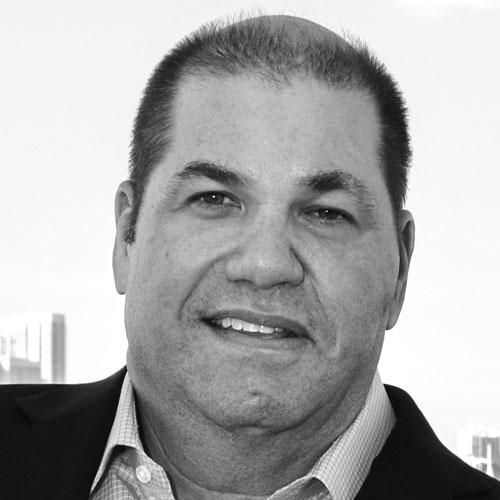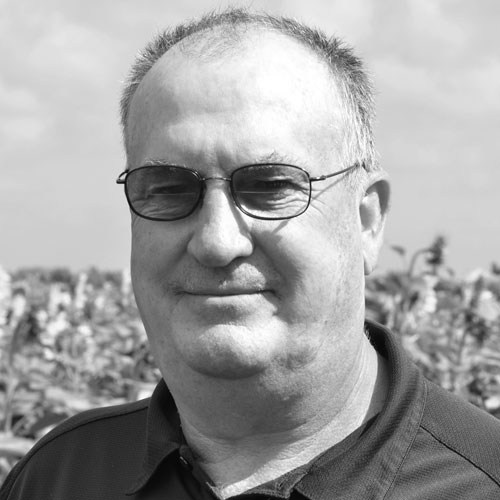In his unique position as both general counsel and chief ethics officer, Michael Holt says it all boils down to doing the right thing. The seasoned legal leader explains how he puts that philosophy into action at Tote, Inc., a shipping and logistics company under the umbrella of parent company Saltchuk.
As both the general counsel and chief ethics officer of Tote, what does your role look like?
My role as general counsel is to protect the company and handle any and all legal matters that come across my desk. Where some companies have compliance officers, as I was in my previous position before my tenure at Tote, the distinction [of the chief ethics officer position] is that we want to place more emphasis on values, not compliance regulation issues; it’s about doing the right thing. People come into organizations with different levels of experience and education, and having worked with different styles of management. My role here is to help establish a culture where people are confident and have the courage to always do the right thing, and if they’re not sure, to raise their hand about it.
What is the number one priority for the company in your role?
My first role is making sure that there are no surprises for my management team. I have to make sure that in the legal arena and the compliance arena there is full transparency within the senior management team. My focus is on preventing legal issues. How I do that is related to my belief that there is a direct correlation between education and compliance. The more educated the workforce, the more compliant they are going to be in terms of understanding what the laws and rules and regulations are, as well as company policies and procedures. It goes back to the idea that in organizations there are always new people coming into the company. I have to make sure those people understand what their duties are as a team member. Being a team member means knowing what your job is and how it interacts with the others in the company.
What does it mean to be in this role at an executive level?
It is important for the management team to work together to address the issues before they become problems. So my role is to alert the management team about potential legal issues, and then we work together to prevent them. I think that is a key task that goes back to my main role: I have to make sure there are no surprises. Working in this role at the senior level helps teamwork at the executive level, because legal and ethics shouldn’t be a separate part of the business. They should be part of all of the business decisions.
We have to look at—from a 360-degree perspective—how these decisions affect the business from an actual business point of view as well as a legal one. By doing that, we’re making sure we’re doing the right thing for our employees and customers, as well as our shareholders and other interested parties.
What challenges do you face?
The challenges are similar to other industries: keeping abreast of the changing regulations. The challenge is keeping safety the number one priority. I have to make sure that all of our employees go home every day. As chief ethics officer, my role is making sure there is proper training, proper equipment, and proper management, as well as making sure people are doing their jobs and have proper training before doing them. We’re dealing with very dangerous, heavy equipment. It’s important that people are safe—that’s the number one priority.
What specific elements or trends in your industry affect your role?
Social media is becoming more of a challenge in making sure that people understand its impact in everyday business. It all comes down to respect. My role is making sure people understand they have to respect each other both inside the workplace as well as while communicating on social media with coworkers outside of office hours, and with customers, vendors, and suppliers. It’s my role to make sure people understand that today, everything is in real time and that our goal, although we are a profit-making business, is having corporate social responsibility to our employees as well as our customers, vendors, and the community at large.
How do you work with the human resources department?
In my role, I am also responsible for human resources. How I work with that team dovetails with my overall working style, which is team-oriented. The phrase, “It takes a village,” is appropriate for the business world. No one is an island. My buzzwords are teamwork, transparency, and communication. Those are the three pillars of how I work with the human resources team in making sure that we’re all on the same page in terms of directing the needs of our employees and meeting the company’s goals. Commitment and compassion is what I hope I also bring to the role.
In general, getting the input of everyone and making sure there is an exchange of information on a consistent basis is critical. Again it links with no surprises. I’m expecting that the lines of communication are open both ways. I consider my job 24–7. Those ships are on the ocean 24–7. The trucks are on the road 24–7, so my team and I have to be available to address issues as they arise. It’s important on a preventative basis to get involved earlier rather than later.
Working with a small team, you use a network of external attorneys. What does that look like?
Over the nineteen years that I have been in-house, I have built up a really strong team of outside attorneys I trust. They are really partners of mine in making sure that they understand what the company goals are and handling legal matters. They have communication with our employees and I am always in the loop. So again, that leads to full transparency in what’s happening in real time, and I can jump in when I need to.
Generally, I watch the stream as it goes by. If it’s handled properly, I don’t need to jump in. However, it’s important that I understand the various steps of the process and where we are on each step. It’s also important to keep the senior management team advised as to where we are in that process.
Tote recently launched a corporate compliance program. Can you tell us about that? Tell us about Saltchuk University and your role in its founding.
In 2013, we established a team of compliance officers so that each of the companies would have its own compliance officer. Most of these people are from the HR team. That helps in making sure employees understand company culture in terms of its compliance component.
At the Saltchuk level, we created a new code of ethical business conduct. Every single employee has received that, and every single employee has taken an e-learning course on it, with a quiz at the end. I’ve led some of the courses. Along with this team of HR members, I learned that some of our companies weren’t doing a lot of training on compliance-related matters, which I found to be a need. So we started Saltchuk University.
Every Thursday since February 9, 2012, we have done a Webex, where we have someone come into one of our offices and hold a training session, which is most of the time in front of our employees. It’s a broad range of courses from ethics to financing to bankruptcy. It’s more than just compliance related courses. We actually require that each employee take twelve courses a year, and there are six mandatory courses including anti-trust, ethics, preventative sexual harassment, environment, and safety. We’ve also conducted compliance seminars, established a hotline, and this past November held Compliance Month. Since February 2012, there have been 21,778 training hours. That means there have been 241 sessions.
You are currently involved with the negotiations on building one of the largest environmentally friendly freight ships in the world. Tell me about your role in this endeavor and the challenges.
This is the first time a contract like this has been made for building container ships in the US that are fueled by liquefied natural gas (LNG). The project has also involved creating agreements to have LNG fuel provided at those ports in Jacksonville and Tacoma. It’s kind of like a gas station. It’s very critical that we make sure the technology is in place and, again, that safety is number one.
A lot of people don’t understand that LNG is actually a very safe fuel and a very safe way of moving ahead in the transportation industry on both sea and land. I worked with getting the experts to help us with these agreements, both on the legal side and the technical side. Again, it’s a team effort, but we made sure we had people that were knowledgeable from the business, technical, and the legal points of view. Various teams were working on various aspects, but, again, it was teamwork, communication, and transparency. That helped us move those agreements to the point where we are now, and the first ship will be in place in October.

